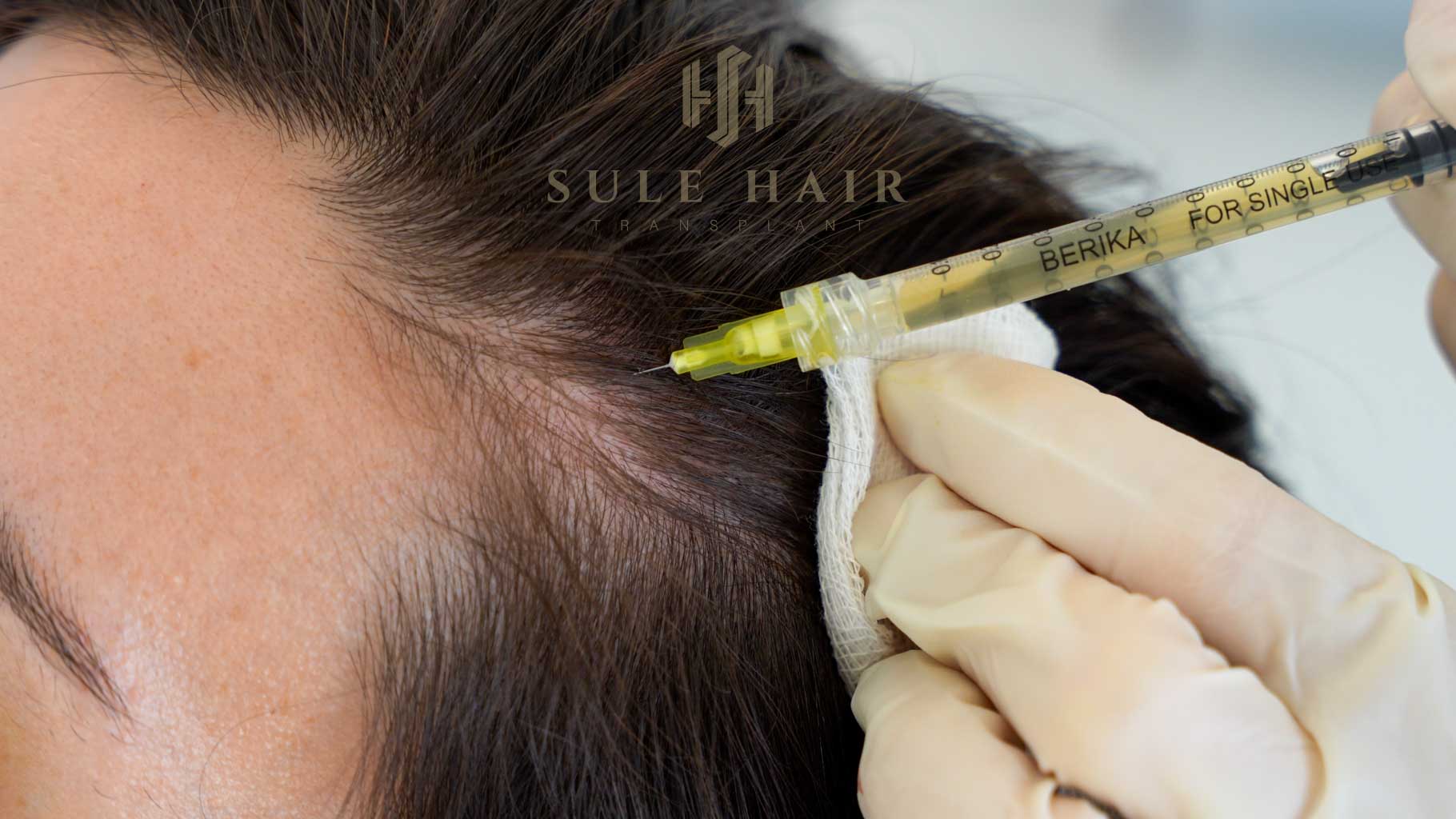Hair loss affects many people worldwide. While traditional hair transplant methods have their limitations, newer techniques such as stem-cell-assisted procedures are being explored as alternative options. Our clinic offers a stem‑cell‑assisted approach using T‑LAB’s Dermomine Micrograft Kit, aiming to support natural hair growth. In the following sections, we will describe the process and the technologies involved, noting that outcomes can vary from person to person.
What is Stem Cell Hair Transplantation?
Who Can Benefit from a Stem Cell Hair Transplant?
Stem‑cell‑assisted approaches can be explored by both men and women in the early stages of hair loss, but whether it’s right for you is something only a qualified doctor can determine. Everyone’s hair story is unique.
For men:
Men experiencing androgenetic alopecia up to Norwood Stage 5 might be candidates, especially if they want to address thinning at the temples or crown.
For women:
Women in the early stages of hair thinning, such as Ludwig Stage 1 or 2, might consider this option to support volume around the hairline or crown.
Because results vary from person to person, it’s important to consult a medical professional to see if this technique aligns with your needs and expectations.
How Does It Work?
- Tissue Collection: A small sample of tissue containing cells is taken from just behind the ear using minimally invasive techniques.
- Processing: The sample is then carefully processed to separate and prepare the cells.
- Injection: Once prepared, the cell solution is reintroduced into areas where hair loss has occurred. This approach aims to support the health of hair follicles, but outcomes vary and the method is still being studied.
Using the Dermomine Micrograft Kit
Kit Content and Technology
- Microlyzer 600 μm and 150 μm: These two microlizers are used to separate cells from the tissue, preparing them for injection and aiming to preserve their function.
- Ease of Use: The kit is designed for use without additional devices, which helps streamline the process.
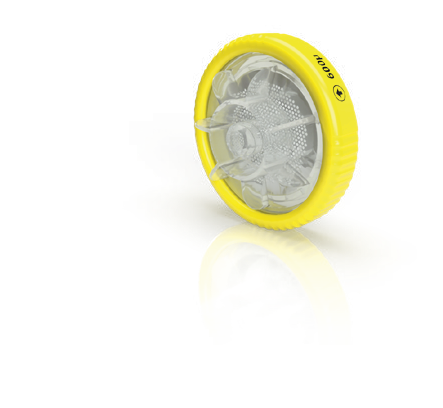
Microlyzer 600 μm
This device uses many small blades to break down tissue and release cells, with the goal of keeping them viable during preparation.
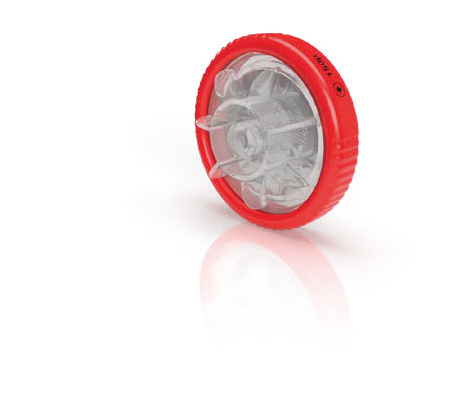
Microlyzer 150 μm
After the initial preparation, this microlyzer filters out unwanted fibrotic tissues to produce a suspension suitable for injection.
Application Steps of Stem Cell Hair Transplantation
- Tissue Collection: Under local anaesthesia and sterile conditions, a small sample of tissue is taken from just behind the ear.
- Cell Separation: The sample is processed using the Microlizer 600 μm to gently separate the cells and prepare them for the next step.
- Filtration and Preparation: The resulting cell suspension is filtered through the Microlizer 150 μm to remove unwanted tissue, creating a solution that can be reintroduced during the procedure.
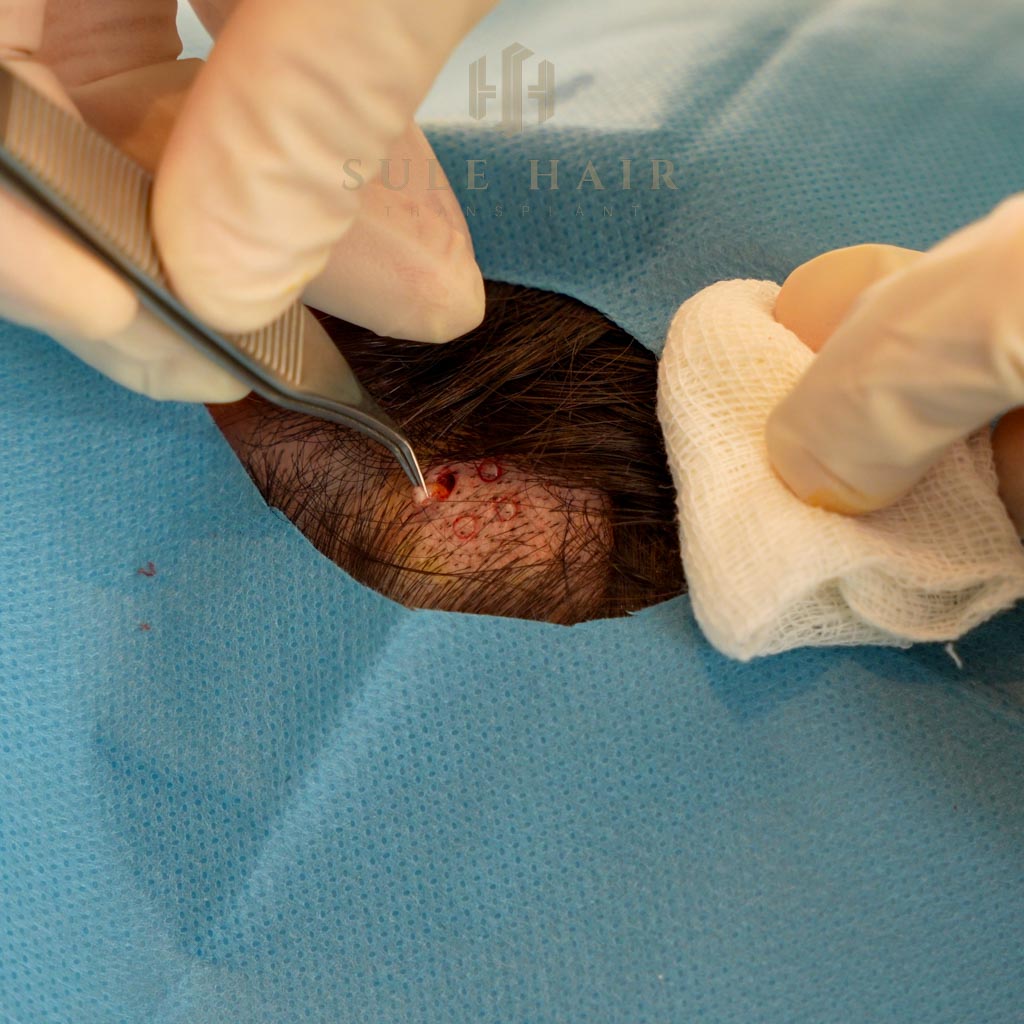
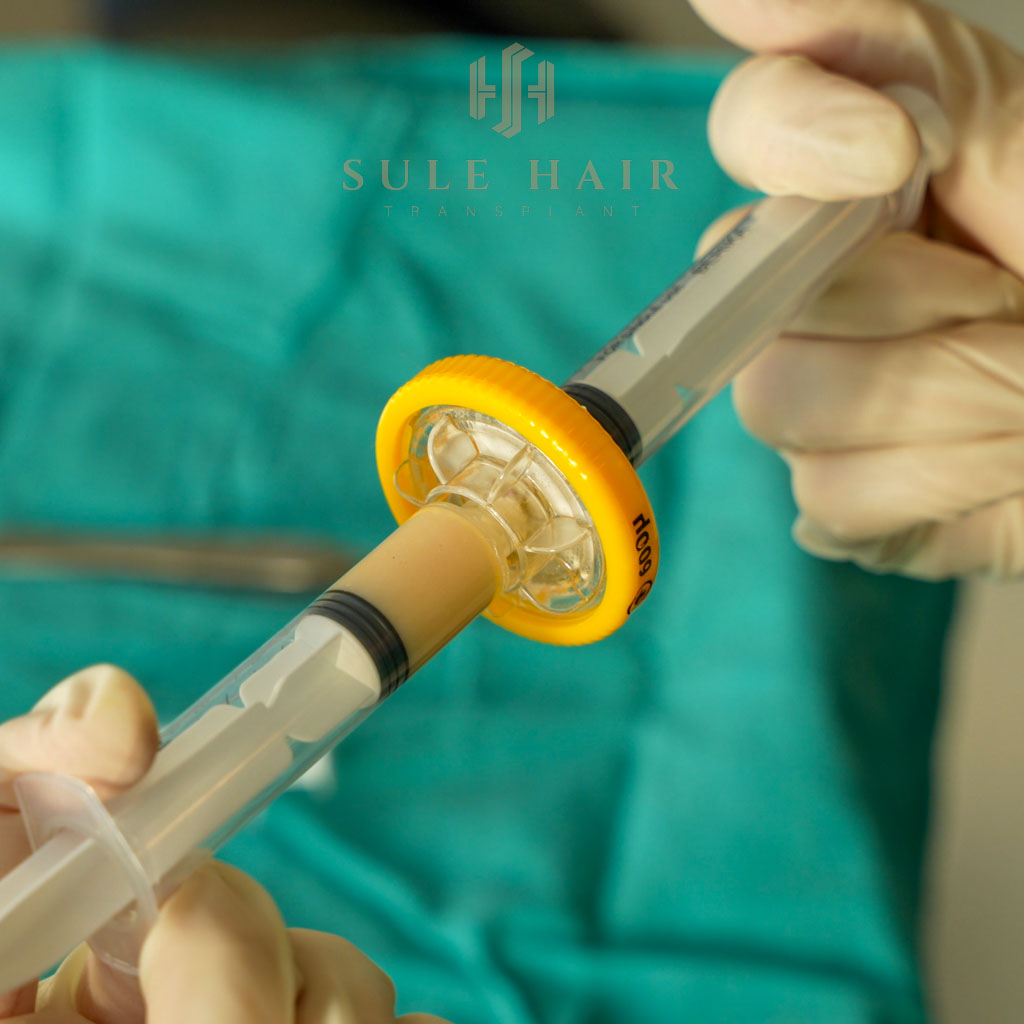
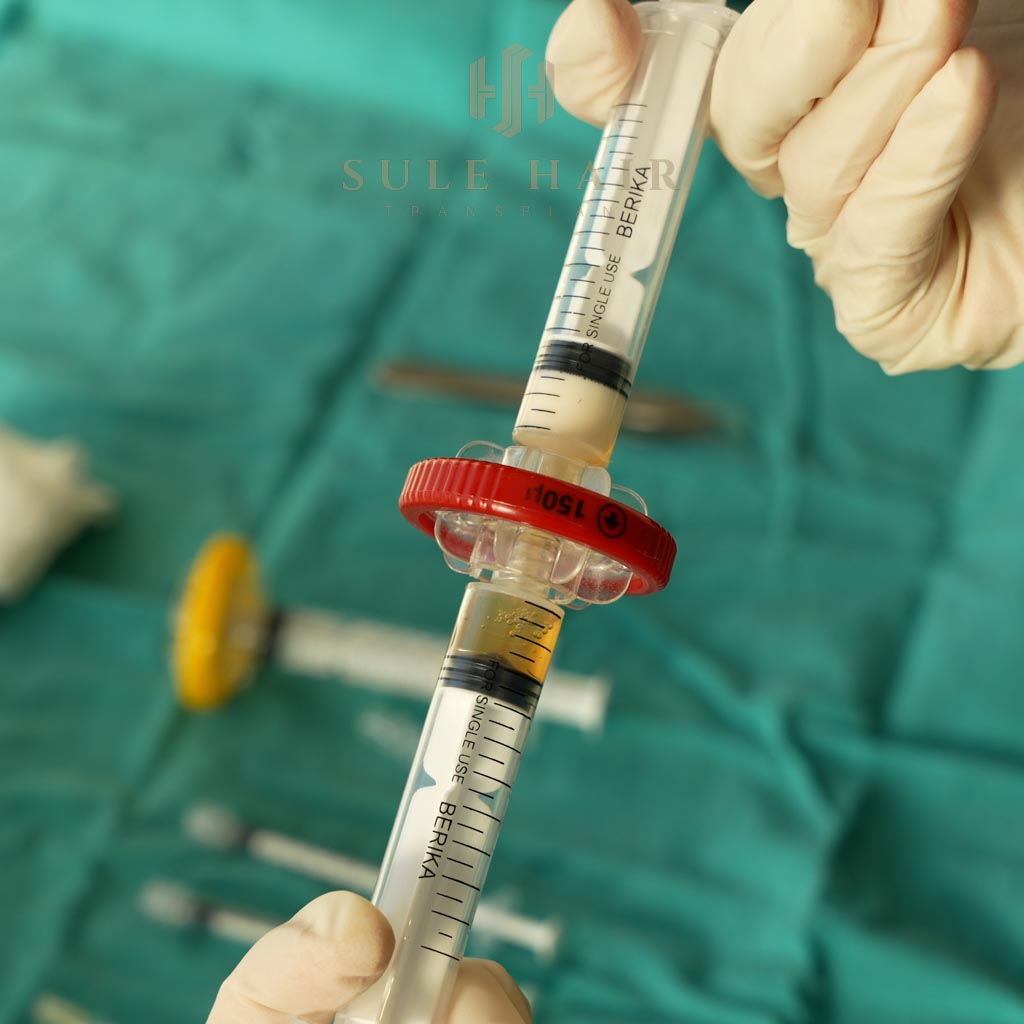
Cost of Stem Cell
Advantages
- Designed to maintain cell viability: The Micro Graft technology is intended to preserve cell quality during preparation.
- Versatile use: This kit is primarily used in hair transplantation and can sometimes be applied in certain skin and aesthetic procedures.
Results and Expectations
Frequently Asked Questions
Is stem‑cell‑assisted hair transplantation permanent?
Some people report that their results last a long time, but this technique is still being studied and there is no guarantee of a permanent outcome. How long any benefit lasts depends on individual factors such as your hair type, overall health and how closely you follow after‑care instructions.
How long does the treatment take?
The procedure itself usually takes a few hours. Most people can return to their normal routines soon afterwards, although your doctor may recommend avoiding strenuous activity for a short time.
Who might consider a stem‑cell‑assisted hair transplant?
People experiencing non‑scarring hair loss (including male or female pattern baldness) and who have enough donor hair may want to discuss this option with a specialist. A qualified hair restoration professional can help determine whether it’s appropriate for you.
What are the possible risks or side effects?
As with any procedure involving injections, there are potential risks such as infection, bleeding at the injection site and inflammation. Most reported side effects have been mild and temporary. Your doctor can review your medical history and help you understand your individual risk.
Can this be combined with other hair restoration procedures?
Some practitioners combine stem‑cell‑assisted treatments with traditional hair transplant surgery to support healing and hair growth. Evidence is still emerging, and results vary, so it’s important to consult with a knowledgeable professional.
How does it compare to traditional hair transplant methods?
Stem‑cell‑assisted approaches involve injecting prepared cells rather than moving existing hair follicles, so they are generally considered less invasive. Some people experience shorter recovery times, but experiences differ. Traditional methods like FUT and FUE physically relocate hair follicles to new areas.
What should I expect during the recovery phase?
Recovery experiences vary. Many people report mild discomfort, swelling or redness that subsides within a few days. Your doctor will likely advise you to limit heavy exercise briefly to aid healing.
How many treatments are needed to see results?
There isn’t a one‑size‑fits‑all answer. Some individuals notice changes after one session, while others may need multiple treatments. The number of sessions depends on the extent of your hair loss and your personal goals.
Is ongoing maintenance required?
At this time, there is no standardized maintenance regimen for stem‑cell‑assisted hair treatments. Your doctor may recommend follow‑up visits to monitor progress and determine if additional sessions could be beneficial.
